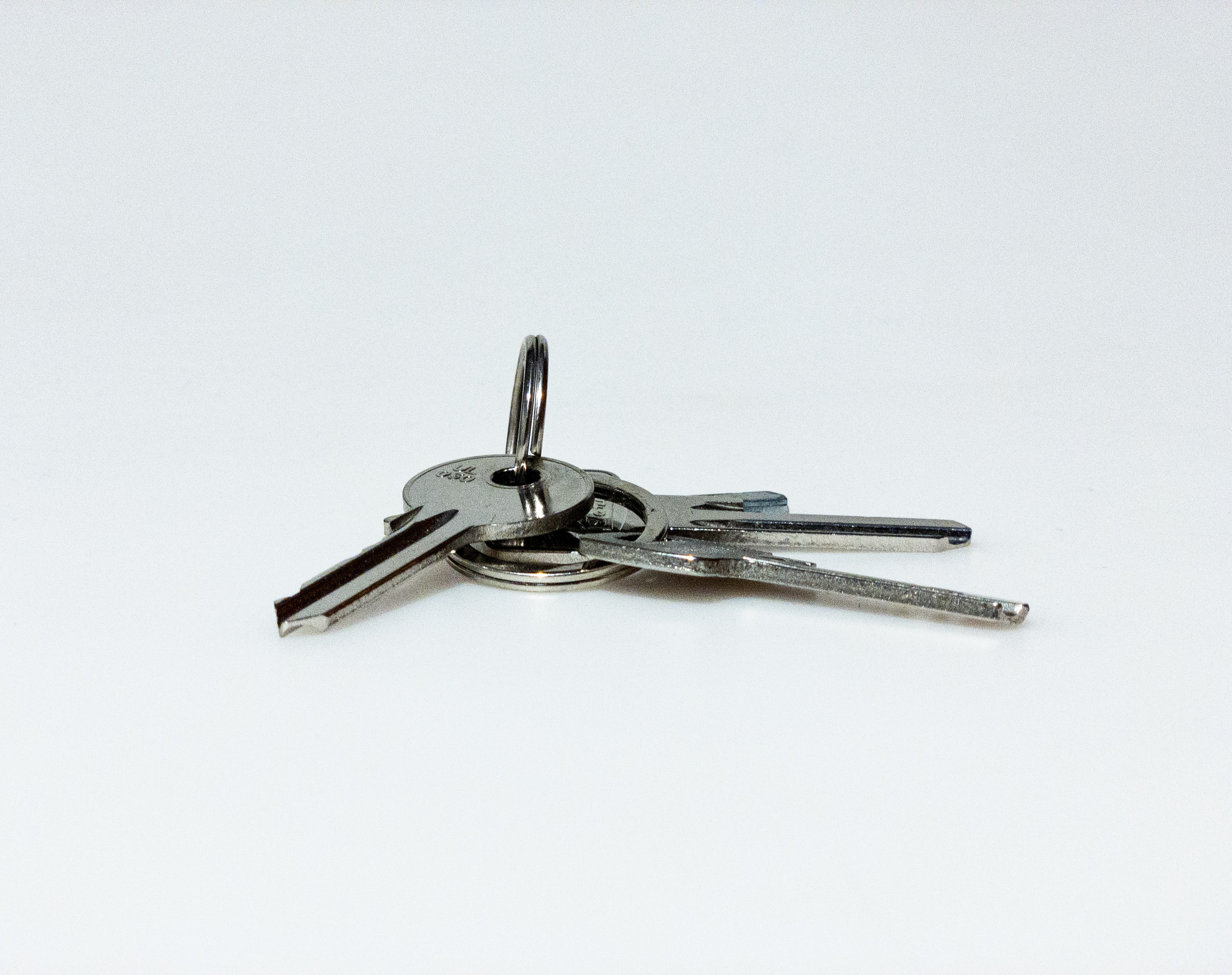
Both a tenant and an occupant might occupy the same dwelling, and these two terms might be used interchangeably, but they do not mean the same thing. When you haven’t moved out and gotten your own place, these terms might mean the same thing to you, but once you do, it is very important to distinguish between the two, so you cannot be taken advantage of.
The main difference between a tenant and an occupant is that a tenant needs to repay a landowner in exchange for living in their house, while an occupant does not. The occupant could also be present without the landowner’s consent, while a tenant is always there with the landowner’s approval.
Just because you occupy a house does not mean you’re an occupant. To learn more about the differences between a tenant and an occupant, keep reading.
Quick navigation
What Is a Tenant?
If a person has entered into any kind of agreement with you, be it a verbal or written one to pay you back in some form in order to reside in your house, they are a tenant. Traditionally, paying somebody back involves money in the form of rent, but it can also include doing tasks around the house or giving something back of value in order to live in the house.
Even if a person has not agreed to be a tenant, if they pay you every month to live in your lodgings and you accept it, it will have created a tenant-landlord relationship.
Most of the time, a tenant is somebody who signs a contract with the landlord in order to live in a particular house or apartment. This contract contains certain obligations that the tenant must meet, such as putting in a deposit for the house, paying rent on time or risking eviction, etc.
What Is an Occupant?
An occupant is somebody who stays in a dwelling and does not have to pay the landlord back in any way, shape, or form. The tenant or owner is usually the one who brings the occupant into the house. An occupant is not given any of the special protections that a tenant is because they have not entered into a contract with the landowner.
There are two types of occupants:
- Authorized occupants. An authorized occupant is somebody who is simply authorized to live in a dwelling with the landlord’s permission. This is usually put into the lease, or the occupant falls under the special class that does not need the landlord’s approval.
- Unauthorized occupants. These can be authorized tenants that overstay the agreement specified on the lease, or they could be illegally living with the tenants. Either way, they are not supposed to be living with the tenant.
An occupant is very different from a simple visitor because, unlike a visitor, an occupant brings all of their belongings over and moves in for a certain period that is greater than the visitation period.
So, what does a tenant have to do that an occupant doesn’t, and vice versa? Here are some of the factors where the differences between a talented person and an occupant become starkly clear.
Landlord’s Approval
If you’re paying the rent, it means that you are a tenant, and you have the landlord’s approval to stay in their residence. However, this does not apply to occupants. A landlord has the ability to decide whether they want an occupant staying in their house or not.
If the occupant is a child or the tenant cannot take care of themselves and needs an occupant, the tenant is classified as a dependent entity, and the landlord cannot kick the occupant out. Otherwise, any adult that is above the state’s legal age for owning a house can be kicked out.
For example, if you own a flat and let a friend crash over for a few weeks, free of charge, they would be an authorized occupant. If you get into a fight with this roommate at any point in time during this time, you can kick them out immediately with no legal repercussions to you. This would not be the case if your friend were a tenant in the flat.
Contractual Agreements
When a tenant signs a contract, it’s not just to pay rent. Although it is true that the tenant is the one assuming fiscal responsibility while the occupant does not have to pay anything, a contract can contain other terms. An example of this would be: agreeing not to smoke in the apartment, and any violation of this promise, especially if it is written in the contract, could have legal consequences if the landowner decides to take it to court.
These contractual agreements don’t apply to an occupant – any infractions committed by the occupant will come down on the tenant’s head.
Changes to a Property
Every rental property needs to meet the standardized code. If a tenant wants to make any major changes to a property, like re-painting or adding an in-built barbecue grill, they will have to take this issue up with the landlord.
However, if the occupant wants to make any fundamental changes, they need to ask the tenant, get their approval, and then get the tenant to make the landlord approve it.
Alternatively, they can make these changes without asking the tenant, but that is a bad idea because the landlord will bring any charges on the tenant’s head, stating that they had the responsibility to know what the occupant was up to. It will also irrevocably damage the relationship between the occupant and the tenant.
A Move of House
Tenants need to follow their notice period given in the lease – a standard of which is 30 to 60 days. An occupant is not obligated to give any such warning to a landlord and can move in or out as and when they please, provided that they have the landlord’s approval.
How Do I Get Rid of a Tenant?
There is only one case in which you can legally remove your tenant—if they are not honoring the contract or if you need the take possession of the property to live in. This includes not paying rent on time or breaking any of the agreements made in the contract that is specific to the property. In these cases, you can serve up an eviction notice and probably get them evicted.
How Do I Get Rid of an Unauthorized Occupant?
When you’re trying to get rid of an unauthorized occupant, things can get a little bit tricky. If you were aware of the potential damages that an unauthorized occupant could cause to your property, you were probably smart enough to include a clause in the lease specifying a time duration that an occupant was allowed to stay with the tenant. This gives you a legal basis to remove them cleanly.
However, if it is a bit too late for that, you might be interested in pursuing other options. Here are the things that you should do when you want to get rid of an unauthorized occupant:
- Talk to the tenant. An unauthorized occupant is usually brought in by the tenant because they have some relationship with the occupant, being friends or family. By talking to the tenant, you can try to persuade them to get rid of the unauthorized occupant.
- Evict both the tenant and the occupant. If either your lease or local code prohibits an unauthorized occupant from staying with the tenant, you can push for an eviction to remove both the tenant and unwanted occupants.
It is very difficult to win a case getting rid of an unauthorized occupant because most state laws allow for guests or visitors to reside with the tenant. As a result, whenever you’re writing up your lease, be sure to include a clause stating how long occupants can stay.
Otherwise, your tenants allowing unauthorized occupants to stay over could lead to property damage. Even if you take from your tenants’ own pocket to pay for the damage, it will still require time and effort to restore your home to its original pristine state.
Conclusion
An occupant and tenant are two very different things. However, an occupant can become a co-tenant if they decide to enter into a lease with the landowner. If there is only one tenant for the apartment, this cannot be the case for a tenant.

